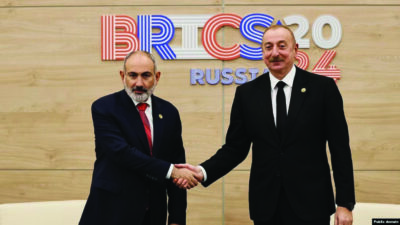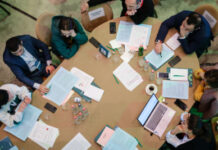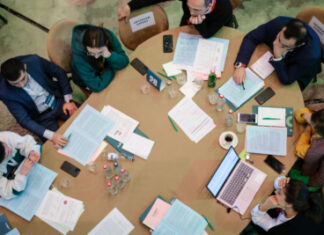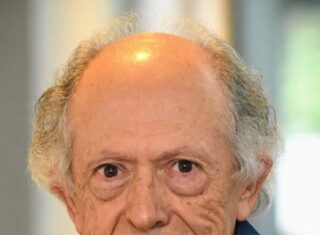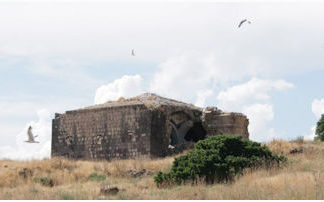By Muriel Mirak-Weissbach
Special to the Mirror-Spectator
WIESBADEN, Germany — That the fine arts are alive and well in Armenia is displayed in an exciting exhibition of works by young Armenians that has opened in Wiesbaden, Germany. The show, entitled “Melody of Color: Armenian Art,” held its vernissage on November 25, and will run for a month. Not only will 65 art works be on exhibit during that time, but several workshops will also be held, to help youngsters venture into the magic world of art. Four of the six exhibiting artists have travelled to Germany for the occasion and have shared their experiences with a large number of visitors.
“Youth – Art – Integration”
As guests at the vernissage learned from welcoming remarks by Vera Maier (read by Sergei Schultz), the association she leads and which is hosting the exhibition is not a gallery in the normal sense of the term, but an institution dedicated to integrating newcomers from other countries, especially Russia. The Haus der Heimat (Homeland House) located in Wiesbaden’s historical center, has served for decades as the home away from home for refugees and the organizations they have founded here. The majority are Russia-Germans, that is, Germans whose ancestors had migrated to Russia centuries ago, and who have returned to their native country since the end of World War II. Maier is one of them; after having arrived with her family in 1988, she began work as a volunteer cultural consultant and has been active ever since. In recognition of her valuable contribution to understanding among peoples, she received the “Integration Wiesbaden 2012” prize four years ago.
This is the point: the Haus der Heimat seeks to promote integration in a program called “Together in Wiesbaden,” through culture; in addition to art exhibitions, the group offers language instruction, especially in Russian, dancing and music lessons, and organizes youth exchange programs with other countries.
